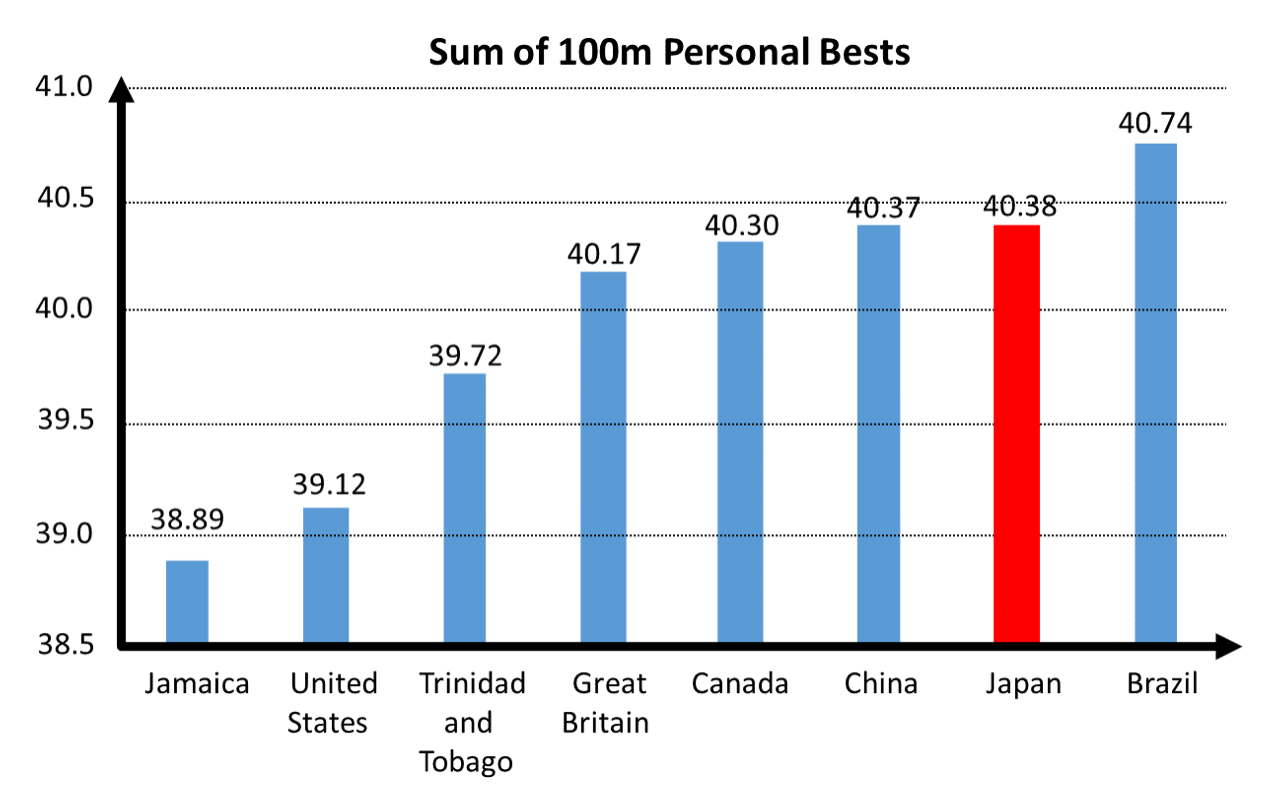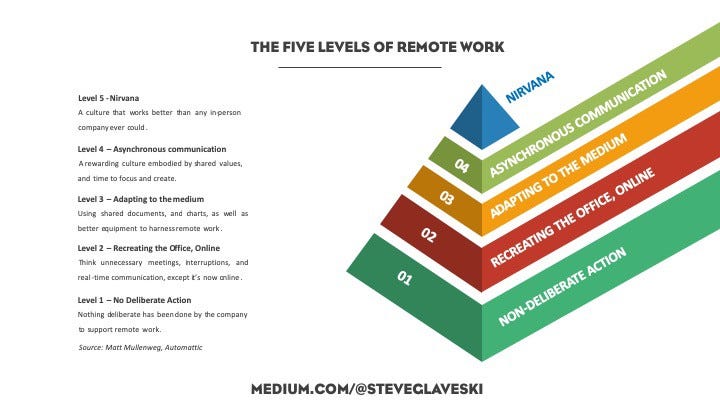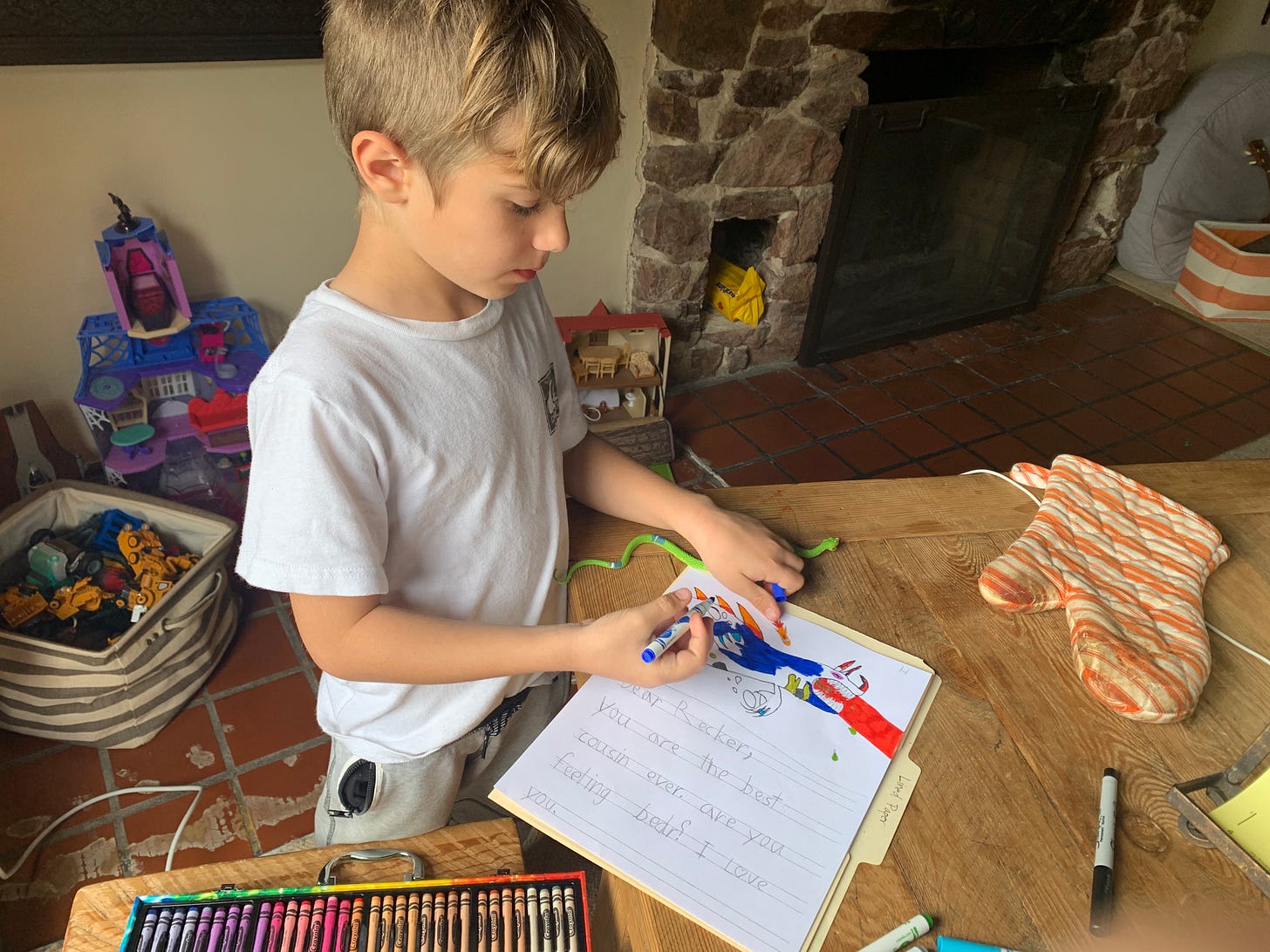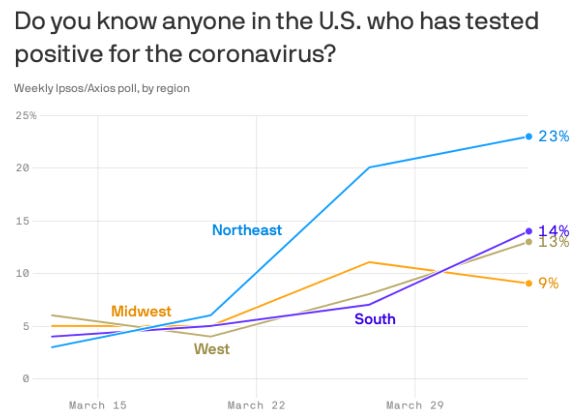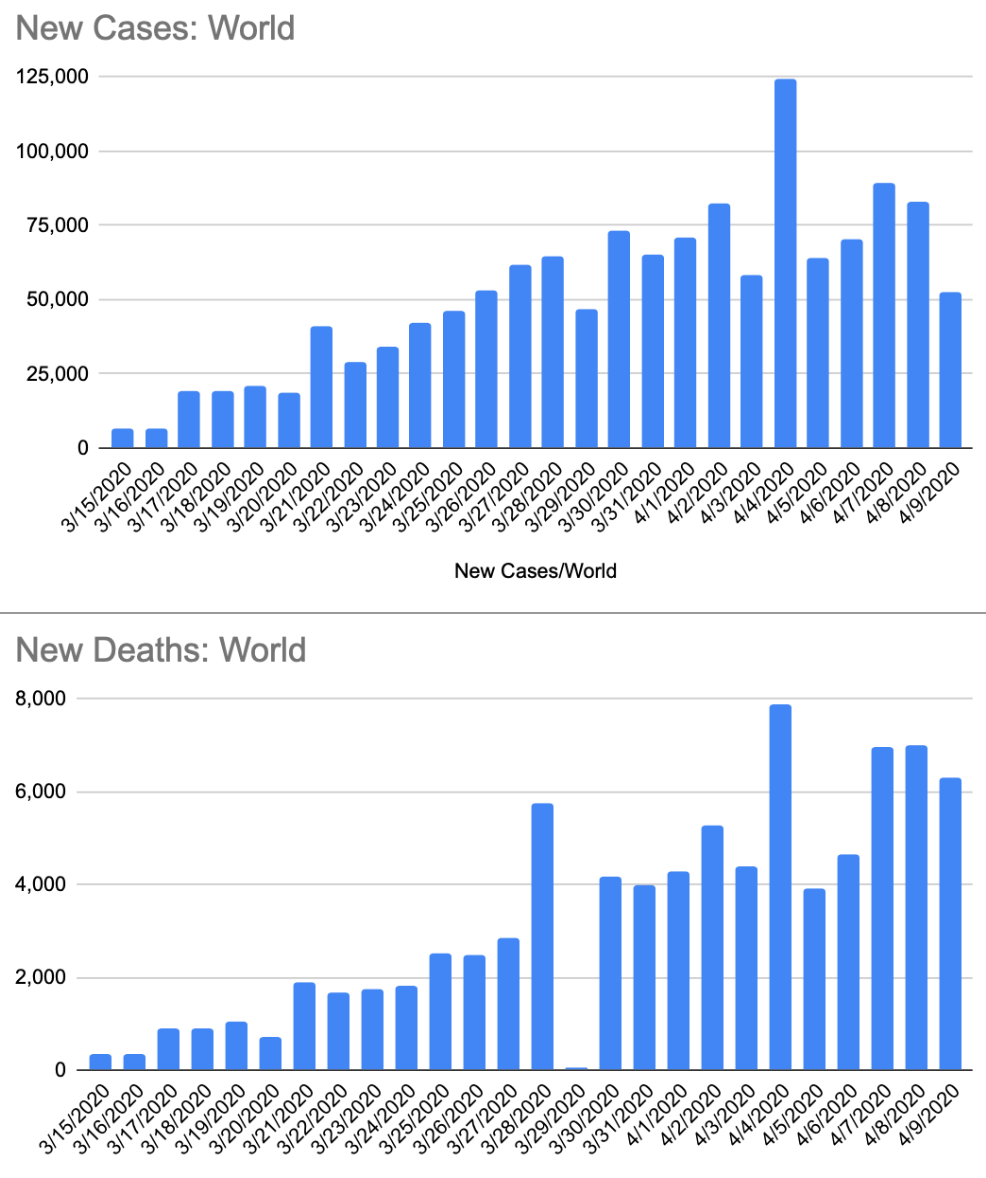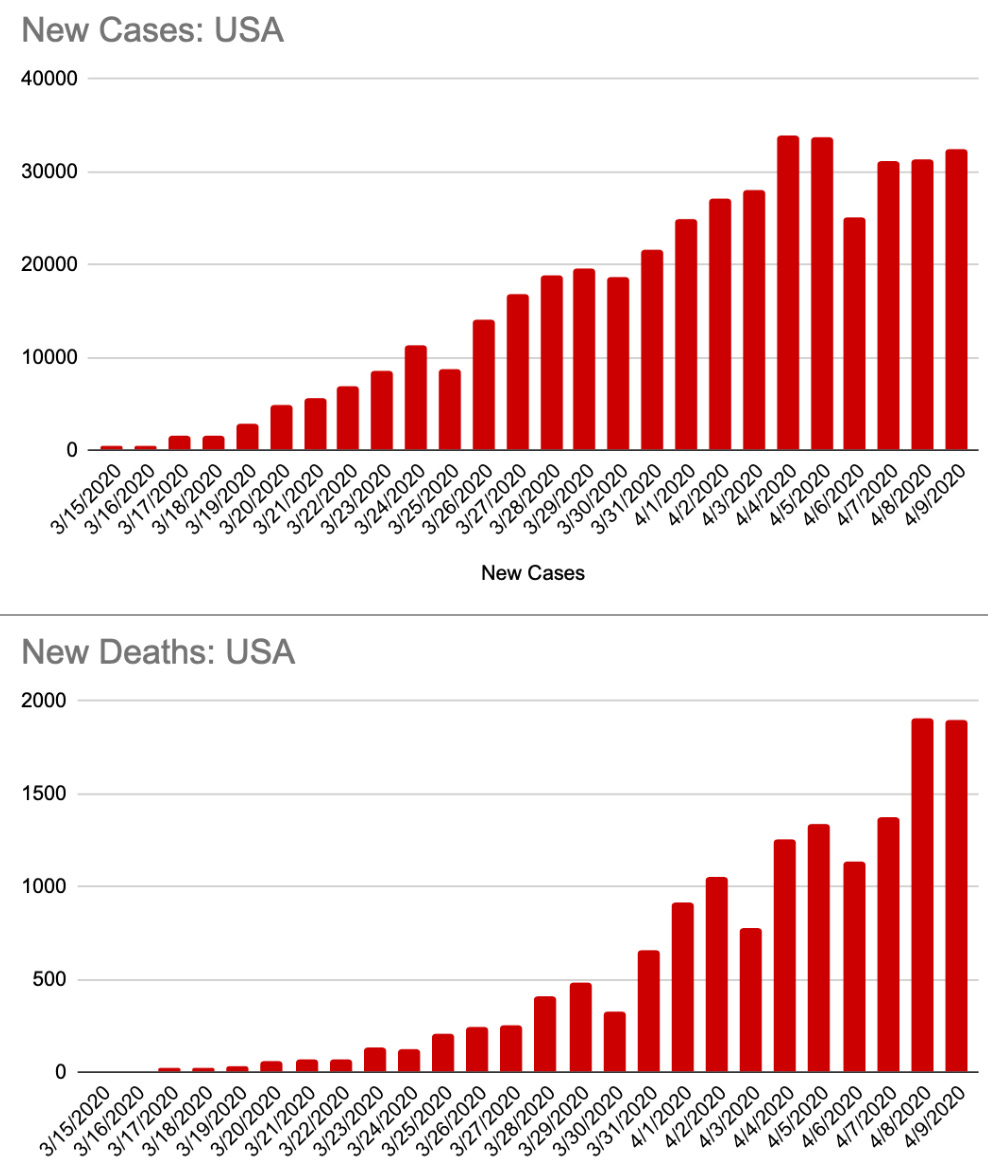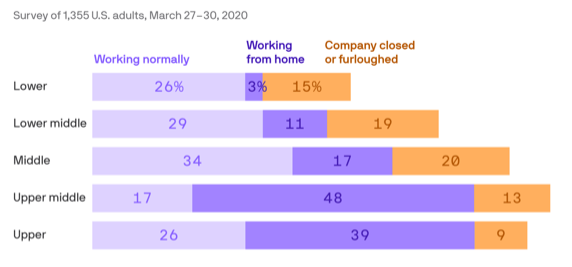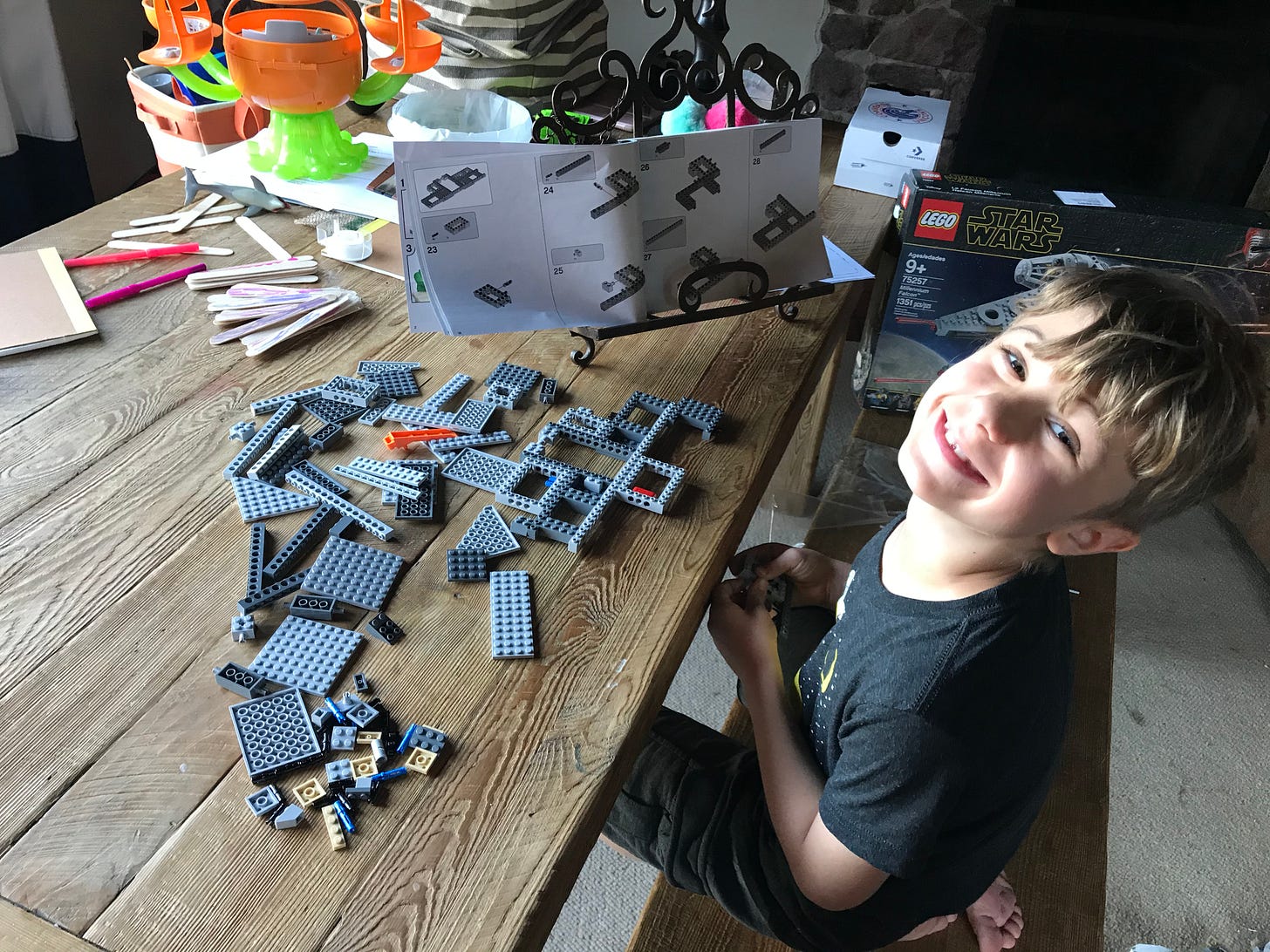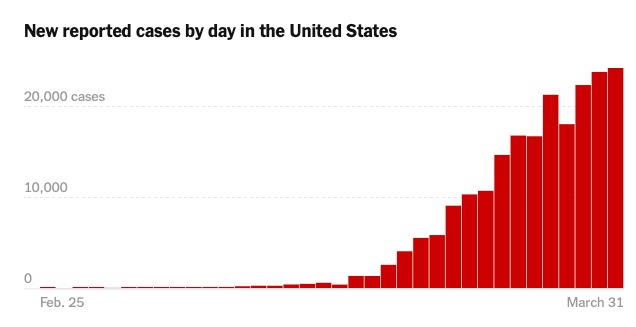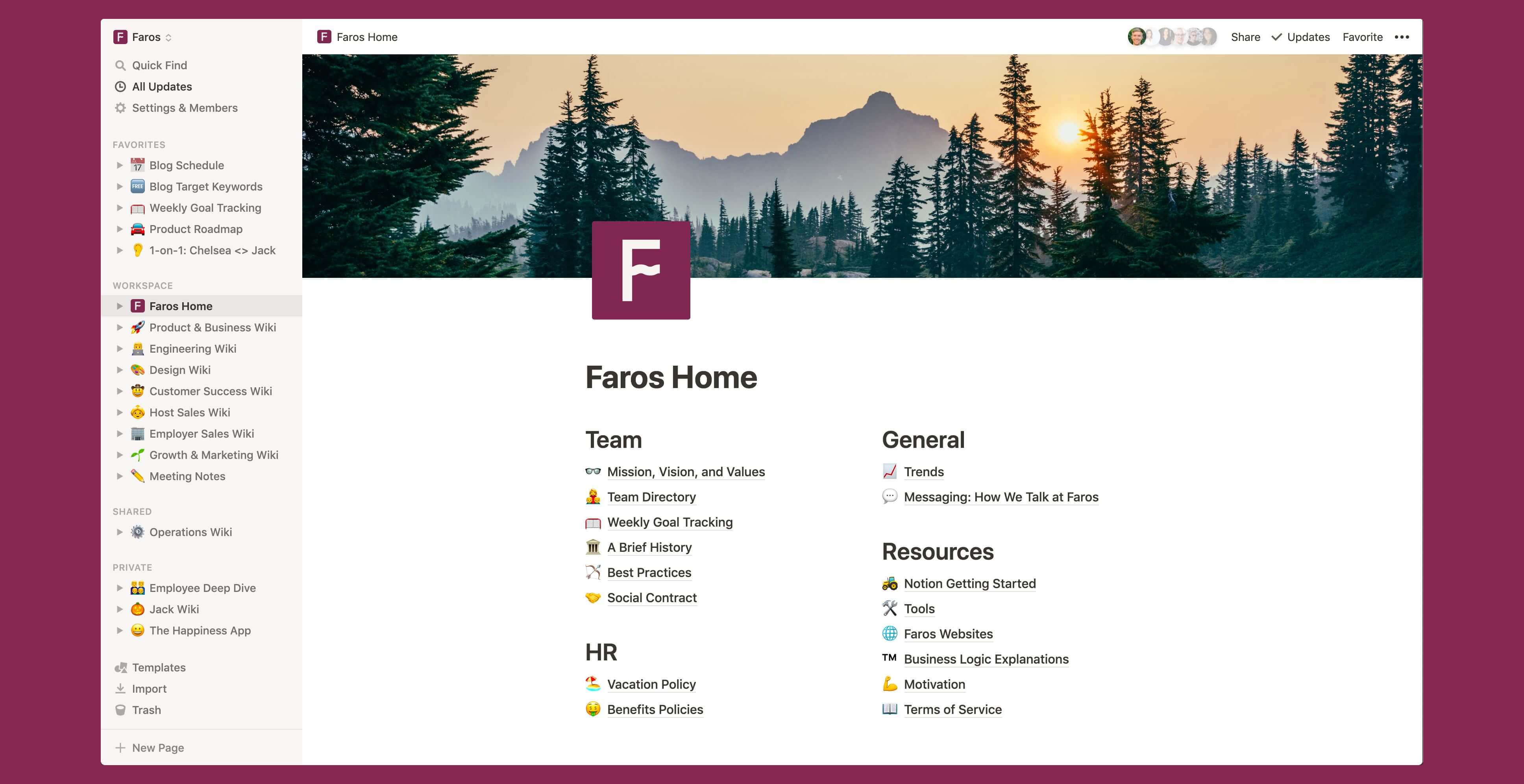I sent this email out to people following the company. If you’d like to sign up for email updates, click below. I send them out every 3-5 months.

Hello!
It’s been a few months since my last update. Here’s what we’re up to over here at Onward…
A reminder of what we’re doing
We started Onward earlier this year. We’re a new company focused on transportation for older adults or those who need extra assistance. Ever since our families started aging and needing more help, we realized there’s a huge need to have great services available to serve them.
About half of our riders are older adults over the age of 75. The other half are those who have a medical condition and need help getting to and from their appointments.
How are we different from Uber/Lyft?
They provide “curb-to-curb” rides whereas our service conducts “door-to-door” or “door-through-door” service. On pickup, our drivers come to the door and help the rider to the car, take them to their appointments, wait for them and then bring them home.
We also charge by the hour – $35/hour – which allows for us to make multiple stops and get out of the car and help.
What’s our plan?
2019 is a foundational year for us where we want to build out the marketplace of drivers and riders in the Bay Area. We also want to build out the technology platform needed to automate and maintain our service. We are measuring our progress by rides per week and have a goal of 120 rides per week by the end of the year.
How’s it going?
We’ve been busy. We’ve expanded our team to 4 people by hiring two others who focus on our operations and our supply. They are Sarah Pontier and Ben Estevez and both kick serious ass.
We’ve also started doing rides. Our first ride happened in April. Now that we’re in Q3, we’ve done over 900 rides!
Our main channels for finding rides is to partner with assisted living facilities and hospitals, and also many find us via Google and Yelp when looking for transportation.
To make these rides happen, we’ve signed on lots of drivers. Our typical driver persona is a retiree who is very compassionate, looking to help others in their neighborhood and looking for part-time work. They all have CPR certifications and drive their own car.
We’ve built and released our initial version of both the Driver App and the Rider App. These apps help automate our entire ordering and matching process. Rides come in via our Rider app (or website or phone) and then get exposed to our drivers via the Driver App. Drivers can accept or decline any ride they see. In theory, rides will then occur without our team touching them.
How can you help?
We’d also love your help getting the word out to people in the SF Bay Area who have parents or friends who are unable to drive or need a little extra help getting to their appointments.
We also are digging more deeply into the healthcare industry and how we can help out there. If you are knowledgeable about insurance carriers or healthcare providers or know anyone who is, please reach out to me.
Thanks for your support –
Mike

